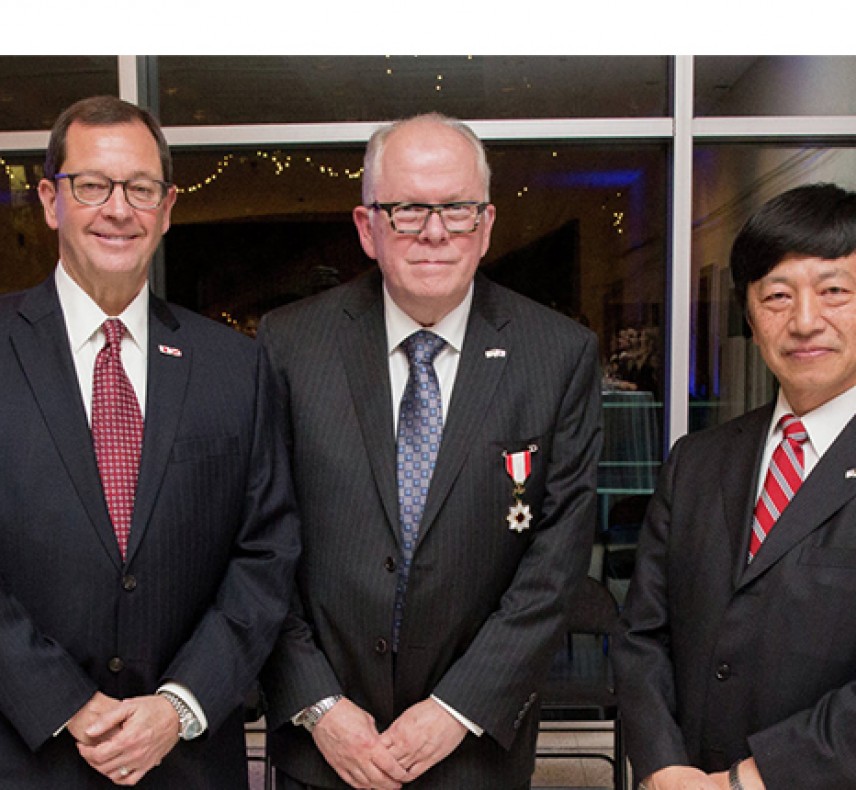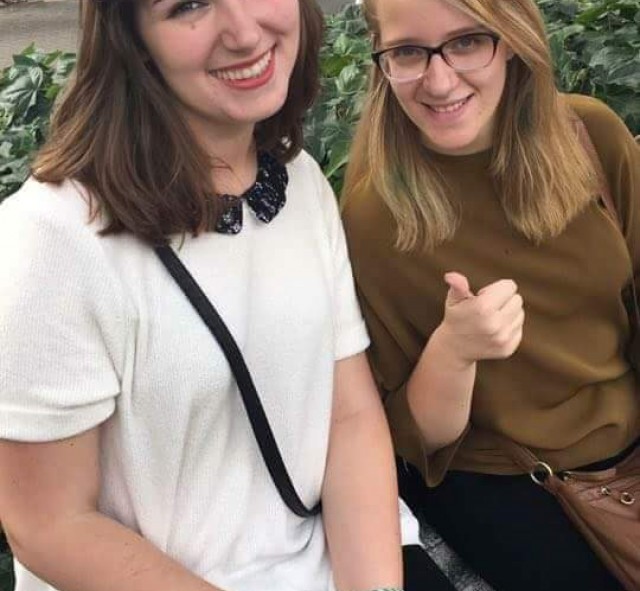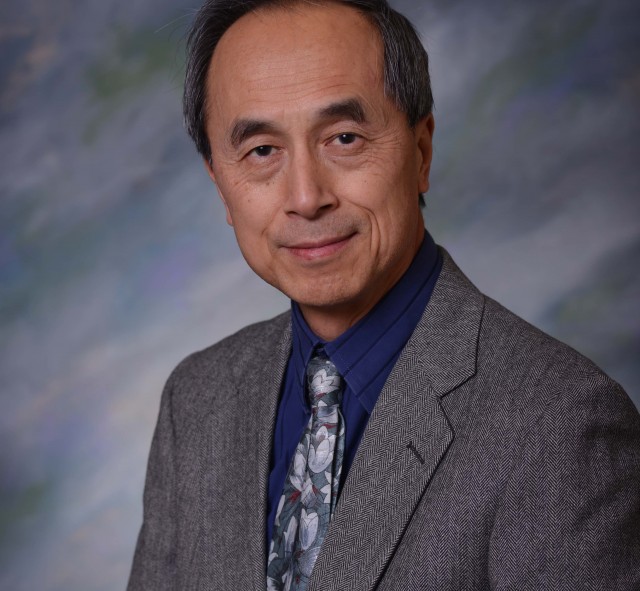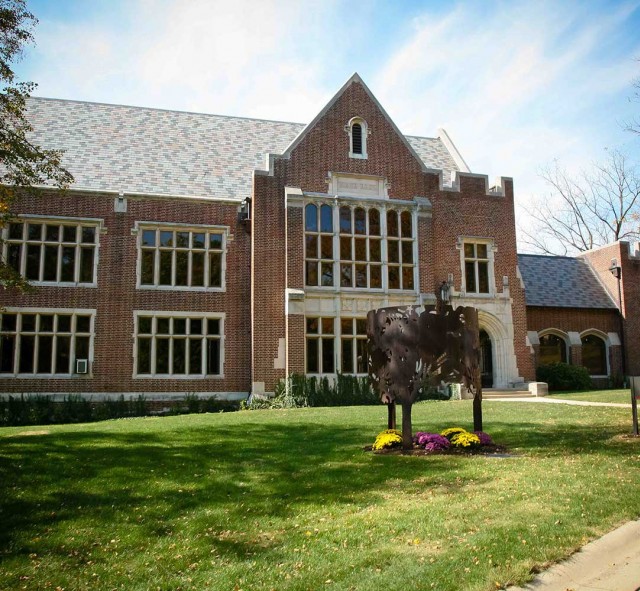A study-abroad experience in Osaka, Japan, during his junior year at Wittenberg University affirmed 1974 alumnus Don Wood's interest in Asian art and ignited his more than 30-year career in curation at the Birmingham Museum of Art (BMA) in Alabama.
His relationship with Japan began as an exchange student at Kansai University of Foreign Studies. Over the course of all his studies, Wood lived in Taiwan for one year, Japan for seven and has traveled extensively throughout Asia. He began his tenure as curator of Asian Art at the BMA in 1987, was appointed the Virginia and William M. Spencer III Curator of Asian Art in 2000 and served as chief curator from 1996 to 2008.
Wood, who grew up in Barberton, Ohio, retired Dec. 29, 2017, after 40 years total in the field of Asian art history. And his retirement did not go unnoticed as Wood was conferred one of Japan’s most prestigious awards, the Order of the Rising Sun with Gold and Silver Rays. He was presented with a medal by Consul General Takashi Shinozuka of Japan in Atlanta during a ceremony that took place Dec. 15 at the museum.
“I was totally surprised and honored to receive the Order of the Rising Sun with Gold and Silver Rays,” said Wood, who has lived in Birmingham, Ala., for more than three decades. “This is the highest medal of honor awarded by the Japanese government for promotion of Japanese culture. It was a wonderful acknowledgement of my work and a great way to bring my career to a close.”
The Order of the Rising Sun award originated in 1875 and is given to those who have made distinguished contributions to the promotion of Japanese culture. Wood was recognized for his part in deepening the appreciation of Japanese art in the United States.
“I was able to spend my junior year abroad in Osaka, Japan, and that confirmed my interest in Asian studies and in particular, Asian art,” Wood added. “Asian art and Asia in general were totally different than anything I had been exposed to while growing up, and they fascinated me. I have always been interested in history and art, and how we can learn so much about a culture from the art of that time. Art provides a window into the past. I dabble in art, but I am not gifted in that area.”
Wood received his bachelor’s degree in East Asian Studies at Wittenberg and his master of philosophy and doctorate with honors from the University of Kansas. In addition, he studied at the University of Toronto (Canada), Middlebury College (Vermont), Kyoto University (Kyoto, Japan) and Schiller College (Kleiningersheim, Germany).
“Wittenberg provided a wonderful foundation for my life and work,” Wood said. “It’s a great school with great programs and great people. I am lucky to have attended Wittenberg."
According to the BMA, over the course of three decades at the museum, Wood curated such acclaimed exhibitions as The First Emperor: Treasures from Ancient China and Kamisaka Sekka, Rimpa Master – Pioneer of Modern Design, and All the Colors of the Rainbow: Uzbekistan Ikats from the collection of Peggy Slappey, and the current exhibition Afterlife: Asian Art from the Weldon Collection. He has published extensively, served as an advisor to collections and collectors, and has traveled in and out of Asia for the past 35 years.
“Don has spent his entire career as a devoted steward of the arts of Asia. Through his discerning knowledge and incredible dedication to the Birmingham Museum of Art, Don has developed its exquisite collection of Asian art as the finest in the Southeast,” said Dr. Graham C. Boettcher, R. Hugh Daniel Director of the Birmingham Museum of Art, in the museum’s press release. “For decades, he has promoted cultural exchange between Japan and the United States through Japanese art, and this esteemed award is indicative of his passion and commitment to that pursuit. On behalf of the Board of Trustees and the staff of the Birmingham Museum of Art, I offer heartfelt congratulations to Dr. Wood.”
Prior to his work at Birmingham, Wood was curator of Asian Art at the New Orleans Museum of Art, worked at the National Palace Museum (Taipei, Taiwan) and at the Spencer Museum, University of Kansas. He also taught at Kansai University of Foreign Studies, Kinran Junior College (Osaka, Japan), Tulane University (New Orleans), and the University of Alabama at Birmingham.
Photo is courtesy of the BMA. Pictured from left to right are Honorary Consul General of Japan for the State of Alabama Mark B. Johnson; Curator of Asian Art Emeritus at the Birmingham Museum of Art Donald A. Wood; and Consul General of Japan in Atlanta Takashi Shinozuka.
About the Birmingham Museum of Art
Founded in 1951, the Birmingham Museum of Art has one of the finest collections in the Southeast. More than 27,000 objects displayed and housed within the Museum represent a rich panorama of cultures, including Asian, European, American, African, Pre-Columbian, and Native American. Highlights include the Museum’s collection of Asian art, Vietnamese ceramics, the Kress collection of Renaissance and Baroque paintings, sculpture, and decorative arts from the late 13th century to the 1750s, and the Museum’s world-renowned collection of Wedgwood, the largest outside of England.







